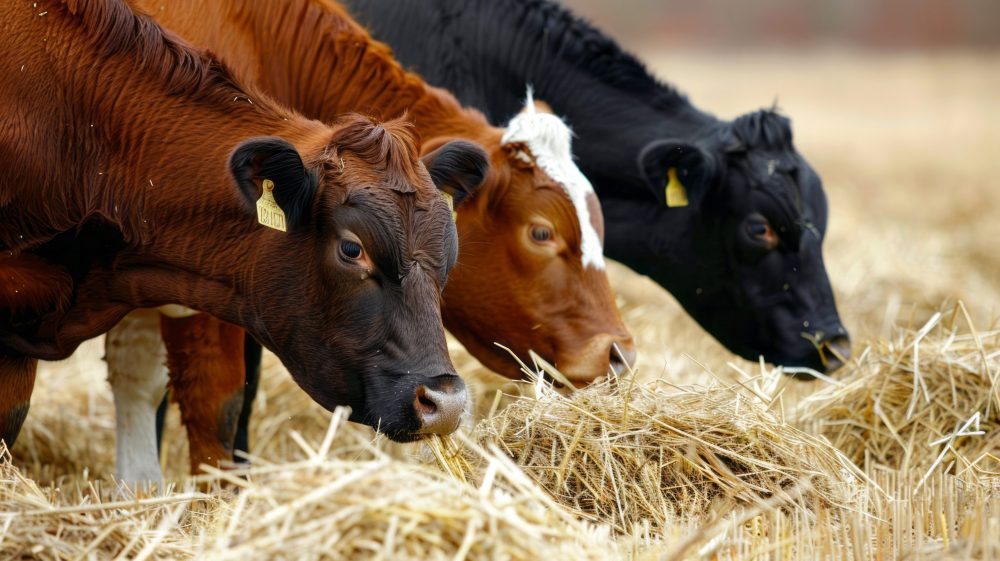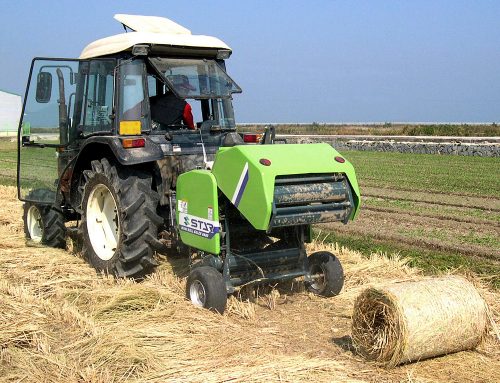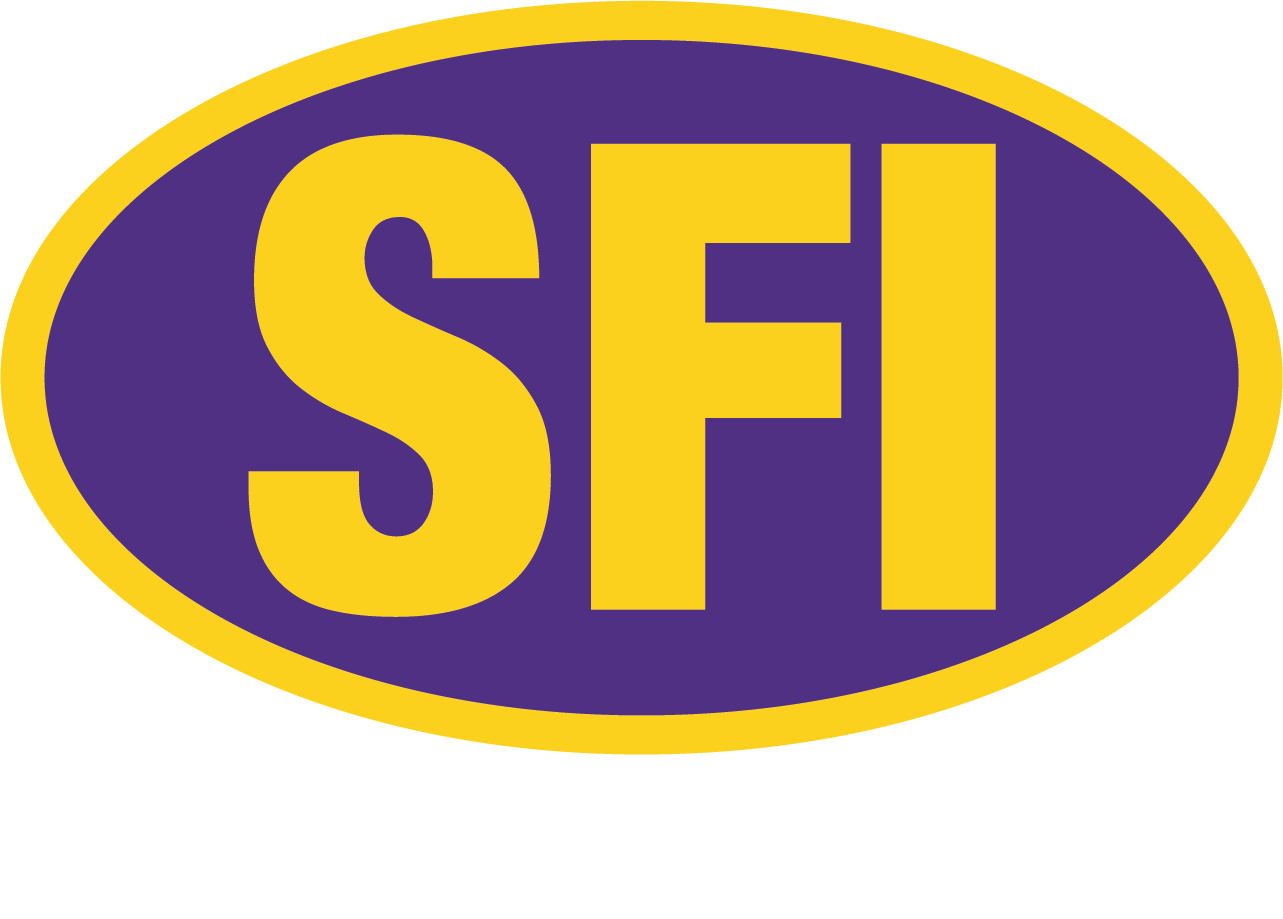In the world of animal husbandry, the quality of feed plays a crucial role in the health, productivity, and overall well-being of livestock. Among the various feed options available, hay stands out as a versatile and nutritious choice. However, not all hay is created equal, and the source of your hay can significantly impact its benefits. This blog post delves into the advantages of feeding livestock hay, with a particular focus on the importance of knowing and controlling your hay source.
Benefits of Feeding Hay to Livestock
1. Nutritional Value
Hay is a rich source of essential nutrients for livestock:
- Fiber: Crucial for proper digestion and rumen function in ruminants
- Proteins: Essential for growth, reproduction, and milk production
- Vitamins and Minerals: Particularly vitamin A and E, calcium, and phosphorus
When sourced from your own property or a trusted supplier, you can ensure that the hay is cut at the optimal time to maximize its nutritional content.
2. Improved Animal Health
Feeding quality hay can lead to numerous health benefits:
- Digestive Health: The high fiber content promotes healthy gut function
- Dental Health: Chewing hay helps wear down teeth naturally, preventing dental issues
- Reduced Stress: Having a consistent feed source can lower stress levels in animals
3. Cost-Effectiveness
Producing your own hay or sourcing it locally can be economically beneficial:
- Reduced Feed Costs: Less reliance on expensive commercial feeds
- Year-Round Availability: Proper storage ensures feed availability even in off-seasons
- Control Over Quality: Minimizes the need for expensive feed supplements
4. Environmental Benefits
Using hay, especially from your own property, can have positive environmental impacts:
- Reduced Carbon Footprint: Less transportation required compared to commercial feeds
- Land Management: Hay production can help maintain pastures and control weeds
Biodiversity: Well-managed hay fields can support various wildlife species
The Importance of Hay Source
1. Quality Control
When you produce your own hay or know your supplier well, you can ensure:
- Optimal Cutting Time: Maximizes nutritional value
- Proper Drying and Storage: Prevents mold and nutrient loss
- Absence of Harmful Plants: Ensures the hay is free from toxic weeds
2. Traceability
Knowing the source of your hay provides:
- Peace of Mind: You know exactly what your animals are consuming
- Quick Problem Solving: If issues arise, you can easily trace and address the source
3. Customization
Producing your own hay allows you to:
- Tailor to Specific Needs: Different livestock may require different types of hay
Experiment with Blends: Mix different grasses or add legumes for optimal nutrition
Best Practices for Sourcing and Producing Hay
- Soil Testing: Regular soil tests ensure optimal nutrient levels for hay production
- Timing is Key: Cut hay at the right stage of maturity for best nutritional value
- Proper Storage: Invest in good storage facilities to maintain hay quality
- Rotation: Implement a rotational system to maintain field health and productivity
Relationship Building: If not producing your own, build strong relationships with local hay producers
Feeding livestock with high-quality hay, preferably from your own property or a trusted local source, offers numerous benefits. From improved animal health and nutrition to cost-effectiveness and environmental advantages, the impact of good hay cannot be overstated. By taking control of your hay source, you’re not just feeding your animals; you’re investing in their health, your farm’s sustainability, and the quality of your agricultural products.
Whether you’re a small hobby farm or a large-scale operation, prioritizing the source and quality of your hay can lead to significant improvements in your livestock management practices. By understanding the importance of hay source and implementing best practices in hay production or sourcing, farmers can ensure their livestock receive optimal nutrition, leading to healthier animals, improved farm productivity, and potentially higher profits.
Remember, the quality of your livestock’s feed directly impacts the quality of your farm’s output, whether that’s meat, milk, or other animal products. By focusing on hay quality and source, you’re making a strategic investment in your farm’s future success and sustainability.






Dear smallfarminnovations.com Webmaster!